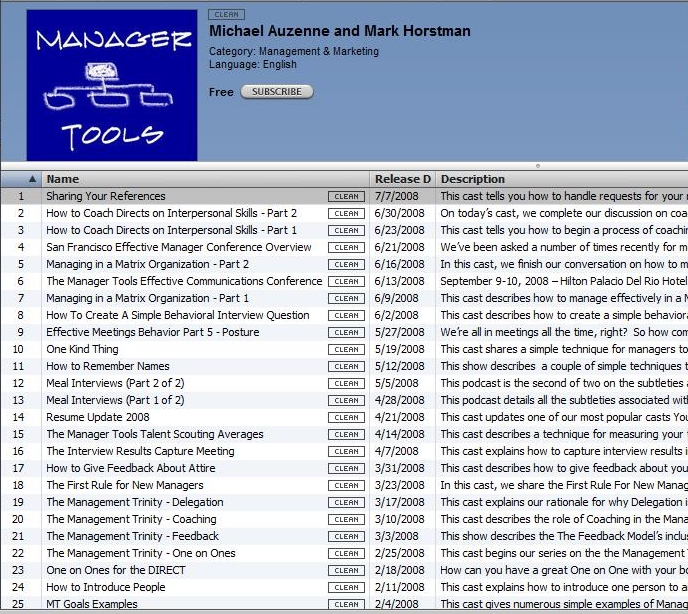
You may find it a little hard to believe — at least I did in the beginning — that one of the biggest challenges faced by small business owners is not lack of demand or depressed sales but a poor choice of where you source capital and where you deploy it.
Nearly 84% entrepreneurs don’t make smart choices about their funding source. That’s the finding of recent survey done by UK-based Bibby Factors Northwest.
The outcome is that nearly half these ventures fizzle out within the first three years of operation. Just imagine — what a colossal waste of someone’s time, money and dreams!
After a careful analysis of this situation, I came to the conclusion that at the root of this problem is not economics but psychology.
At the first sign of trouble, a typical response of a small entrepreneur is either to get his bank overdraft extended, or dip into his savings. Both are big mistakes, yet 84% businessmen respond to a cash crisis in this knee-jerk fashion according to the Bibby researchers.
As I understand it, this happens because, a small entrepreneur, who often has a lot of his personal savings at stake in the venture is typically inward-looking and averse to taking big exposure, usually to his own detriment. Unfortunately, this kind of “tunnel vision” on capital issues does not help him in the long run. Instead of insulating him from risk, it turns out to be a costly decision.
“Let me tide over this crisis” seems to be the response as opposed to tackling more permanent funding source of deployment issues.
Cash flow crisis is typically caused not because of lack of funds but because of incorrect way of:
- Where the funds came from
- How the capital was deployed
Short term source of capital puts pressure on your cash position
Bank overdraft is short term capital. If you dip into savings, they last only for a short time. If you buy machinery by taking a short term loan, the machinery will only pay you back in a few months if not years. But the bank overdraft will not wait until so many months. It has to be paid off immediately. Similarly, if you buy the machinery by dipping into your savings, that cash will get locked in.
In both cases, if you change the underlying business economics, you don’t have to dip into your savings or draw from bank overdraft.
To understand the business dynamics and to figure out which source of funding is more appropriate for your business, I would suggest the following resources to small business owners:
- Turn to accounting and
financial professionals. A quick review of financial statements by a trained eye can help detect slow collections, poor financial management, overextended accounts payable or other warning signs, early before the house gets on fire
- Financial institutions. Visit a bank for assistance with a line of credit, an accounts receivable loan, or factoring or other such vehicle to ease the cash crunch
- Join Business groups. They are the best source for peer consultation. Get peer consultation.
Track your cash flows to get early signals
How many aspiring entrepreneurs venture into a business without so much as a primer course in business accounting?
Yet proper financial management is crucial to your business’ survival. Do your Receivables and Payables play nice with each other? Are expenses rising faster than profits? Is one skill more in demand than the other? How much do you need to meet your monthly expenses? Can you take a paycheck this month? All the answers lie in the numbers.
Let’s face it — as businesses grows; cash difficulties are bound to arise. This is especially true of start-ups, during sudden growth spurts, or during shaky economic times.
The real danger lies in failing to plan for such crisis, which can result in over-trading.
Other key causes of cash flow problems could be inadequate budgeting of income and expenses, not watching receivables, not setting goals, and trying to handle the company’s financial management single-handedly. Whatever be the reason, companies that are cash flow negative are simply spending more than their earnings.
Here are a few practical tips to avoid cash flow issues
Negotiate better terms with your customers
When taking on longer-term projects or clients, negotiate in advance for regular payments. Ask for payment at the beginning of projects and ‘front load’ invoices rather than ‘back loading’ them. Offer discounts for quick payment. Bill promptly and avoid slow pay/no pay customers. And finally, exceed customer expectations so they don’t have any reason to withhold payment!
If your customer does not pay on time, consider penal interest and implement it. It saves a lot of time and hassles, if all business terms, especially payment terms are discussed well in advance with a partner, especially an overseas partner, with whom disputes are harder to settle due to the distance issue.
Renegotiate or postpone payments
Check out if you can postpone your payments by either part paying the amount or by postponing it all together. If you have good relations with your vendors, and if you had helped them before, they will be willing to help you by allowing you to pay later.
Some of your payments can be brought down into monthly cash installments instead of a large cash payout.
Do background search and reference checks on new customers
Look before you leap. Perform credit checks on every customer you acquire. Ask for — and check out — credit references from past clients. This is quite an acceptable practice and no one minds it. Call other businesses that have had a relationship with the client. Keep your ears tuned in for any discordant note, a moment’s hesitation, and reluctance to speak about the client. These could be dead giveaways on the client’s past conduct in the marketplace.
Refinance your loans if it makes sense
Lookout for cheaper funding sources. Suppose you took loans on different interest rates from various sources. If your credit limit permits it, club these into one account on the lowest rate of interest with one lender. Or, you may be able to consolidate two or more loans into a lower-interest account and improve your cash flow. Explore these options.
Profit does not mean cash flow
Remember that you may be profitable – accounting wise. But if the invoice you raised is sitting with the customer, then your cash flow gets affected. In a bad situation, you may be unable to pay all the bills or salaries on time. Profits are important, but every decision has to be carefully weighed against its effect on cash flow.
Hold on to cash
Spending is easy. Earning is difficult. When you have cash, don’t take that easy decision. If you are spending a lot on expenses that are not necessary you can save on your cash. Are you spending on office décor, on full page color ads, on a color laser printer when an ordinary one would suffice? Don’t. You might trip and fall on the other side of the gorge. Hold on to enough cash reserves so that you can fight unforeseen cash flow issues.
Opt for credit insurance
Credit insurance can help mitigate the risks by protecting your bottom line against nonpayment–or even slow payment–of invoices, especially while dealing with overseas partners. These days, there are unit linked plans (cheaper than the usual insurance instruments) for every risk. However negotiate for better terms with at least two three insurance providers to cut the most cost-effective deal.
Try barter
You could reduce the strain on your immediate cash if you need goods or services from someone and can barter goods or services in return. Supposing there is a copywriting project posted by a team of website developers. They are looking for someone to write content for their site. Since they are
professionals like yourself, instead of cash payment for your services, you could opt for services in kind — get them to do some good graphics for your website that would boast your business. Of course, this option can be used only in limited circumstances.
The ideal situation for you would be to not even hear about a cash flow crisis. But that is not how real world is. You will run into cash flow issues. You have to think about strategic cash reserve so you can never run into crisis. Remember, when things get tough, the tough ones get going. If you have to become tough, plan for it.

 Tell me, do you think you will benefit if your clients trusted you more? What are those benefits? Likely answers could be you’d:
Tell me, do you think you will benefit if your clients trusted you more? What are those benefits? Likely answers could be you’d:














